Rajasthan, India is a land for unique art & crafts. Many families depend on art to lead a day-to-day life. There are special artisan families in the state who are making art for many generations. Artisans from such families continuing the lineage and showcasing the history, tradition, and culture to the world through vibrant colors. Art is not just a family tradition but a passion for such artisans. Let me introduce one such artist from the forts of Kishangarh, Rajasthan. Read his story in his own words.
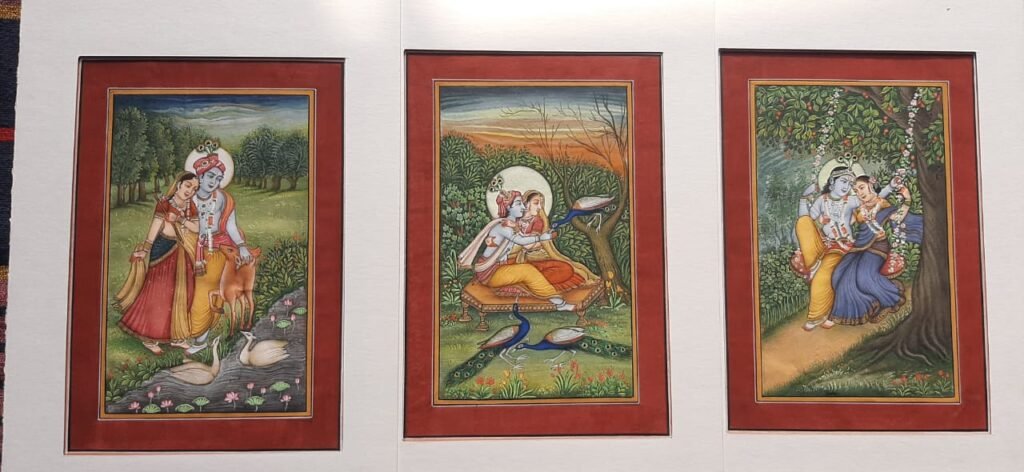
Journey of an artist
The word “Art” is an ocean. There are endless things in it like singing, dancing, writing, speaking, teaching, drawing, painting, carving, building, etc. I have been making micro-miniature paintings for the past 20 years. I can write more than 300 letters of text on a single rice grain. I can also write on a 0.4 mm white hair says Sudarshan Pareek. A prominent artist from the Kishangarh district of Ajmer, Rajasthan, India. He further adds, my father, is a passionate artist and a teacher. He taught me family art predominantly to continue the lineage. Every day I am learning something new under his guidance. He is my inspiration throughout.
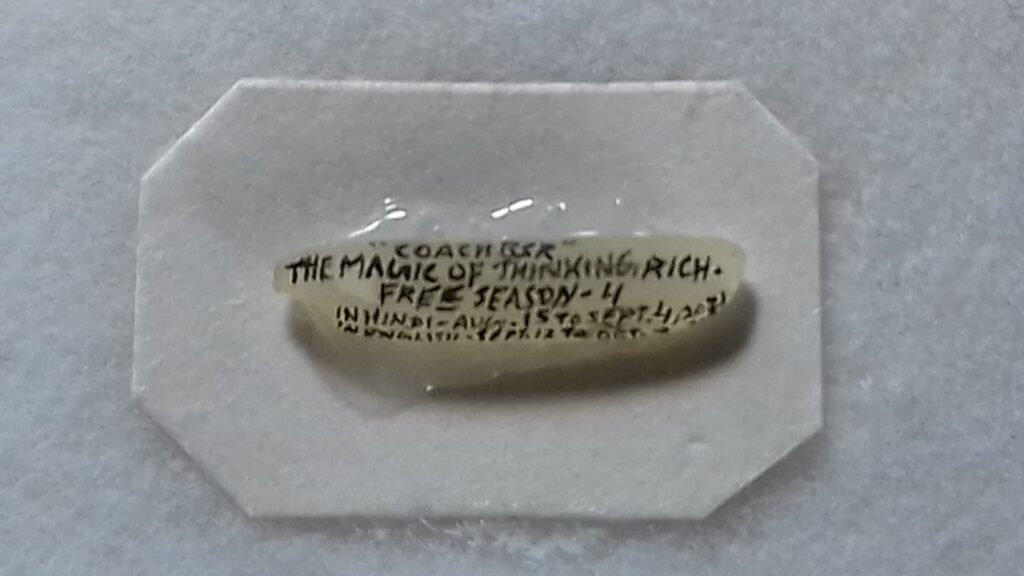
My father was a well-known teacher in a popular Kishangarh art school. He trained and inspired me to become a micro-miniature artist since childhood. I am the third-generation miniature artist in the family. My grandfather was the first artist in the family who made many Pichwai paintings on cloth.
History of miniature painting
Let me explain to you the history of miniature art. Paintings are used as wall decors to express emotions, energy, significance, a symbol of culture & heritage. The history of painting is as deep as human civilization. Today’s Indian paintings are defined by time and the School of inheritance. For Eg, Mughal painting, Kangra painting, Phari, Mandla art, etc.
In Rajasthani paintings, there were five major schools of Art. Jaipur, Jodhpur, Kota, Bundi, and Kishangarh. The schools were different based on colors, figures, and themes. The history of the present Kishangarh painting started in the 17th century at the period of Raja Sawant Singh (1748 – 1764). He was a devotee of Lord Krishna. Bani Thani the mistress of Raja Sawant Singh was also a poet and a singer. Her portrait is a well-known painting in the history of Indian miniature. Savant Singh wrote many poems under the name of Nagri Das addressing Lord Krishna.
Artist Nihal Chand and Artist Surjdhar Nangram were the famous artists of Kishangarh art school in his period. A group of Indian miniature paintings attributed to Nihal Chand from the Marwar school of Kishangarh shows Krishna and Radha, using the same models, who were assumed to be Sawant Singh and Bani Thani.

How a family adopted art as an ansestory
My Grandfather’s Father was a cashier at the fort of Kishangarh. He was on good terms with the King back in the 18th century. Hence the king granted permission for my grandfather to join the art school. My grandfather made many paintings from the religious poetic books related to Lord Krishna. He himself taught the art to my father professionally to become an art teacher.
My father sold many of his artwork and the paintings of his students’ in Jaipur, Delhi, and Mumbai art galleries. He made me realize that symbolic paintings are more popular than religious paintings. Symbolic paintings are very fine and detailed in small and medium-sized paper hence are very much appreciated by the people.
A miniature painting differs with micro miniature painting
As you know, during the 16th and 17th century the paintings were made in different sizes. 6 feet ×10 feet, 6×8 sq ft, 8×12 sq ft, 6×4 sq ft, 3×4 sq ft, 2×3 sq ft, and smallest size used to be 1.5×2 sq ft. These paintings were used for the decorations of a wall as a background. Hence these are called Pichwai paintings.
The theme of the paintings was mostly related to the stories of Lord Krishna.1n the 19th century, they decided to make smaller paintings using the same theme. The whole Pichwai can not be made small. They experimented with the part of Pichwai to convert it into smaller-sized paintings. These smaller-sized paintings are called miniature paintings. The miniature was being created because of the demand of the people. They were easy to carry, transport, less maintenance, and minimum expenses on framing.
As I am a micro-miniature artist, I transmitted the whole miniature painting into the smallest possible size, including fine minute details that can be seen in the paintings only with a magnifying lens or zooming in. The cost of these paintings depends on several factors: 1) the time consumed by the artist to make a piece, 2) the cost of the materials used, 3) the cost of colors and 4) the magnitude of the detail that the painting carries. Miniature paintings can be painted as a wall painting also can be minimized the size into the macro with minute details.
Impact of current crisis on life of artisans
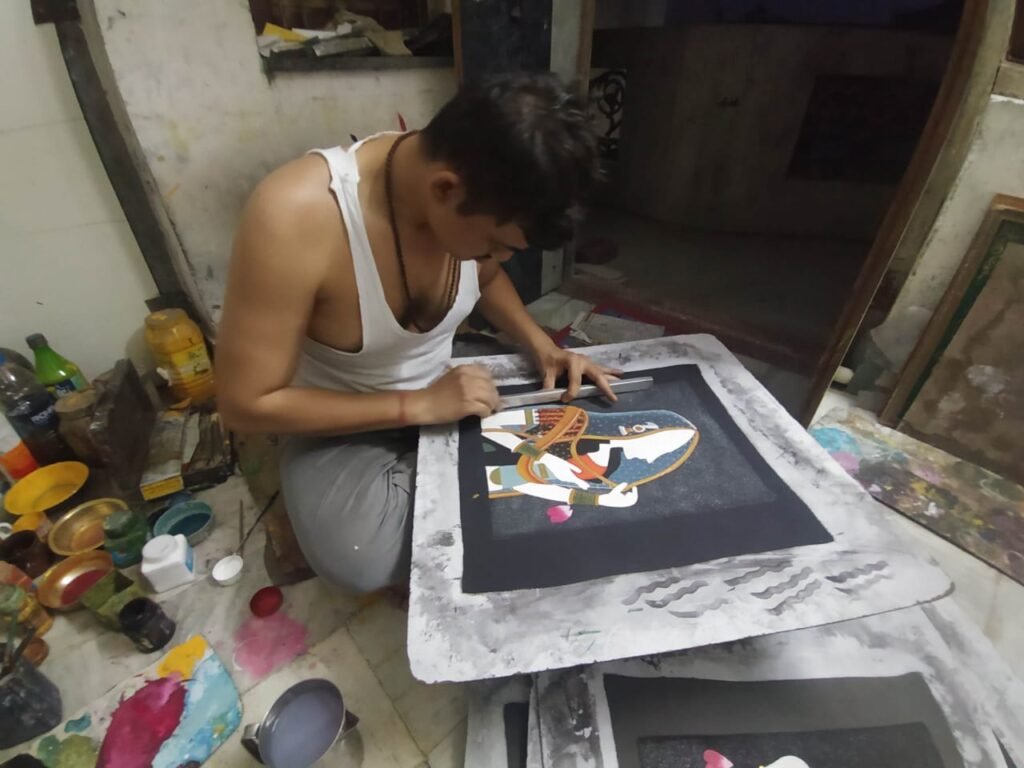
I have been working as a micro-miniature artist since August 1998 after completion of my graduation in science and mathematics. Because art is my passion. Before the pandemic, our work was going smoothly. We make paintings in groups. There are women artisans from different households who work along with me. We make various miniature art to sell including micro-miniature paintings, artwork on grains, and many more.
We all are solely dependent on artwork for our daily bread and butter. We mainly depend on tourism. Hence we are suffering to sell our work during the pandemic as lack of tourists visiting our place says Sudarshan Pareek. Many in the state are leaving their passion and finding a new job that pays for their daily needs.
Please check our online store for authentic handmade Rajasthani miniature art and many more. https://www.sanchaari.com/product-category/online-store/rajasthanminiaturepaintings/
Artist & Narrator: Sudarshan Pareek



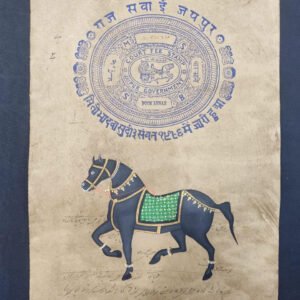
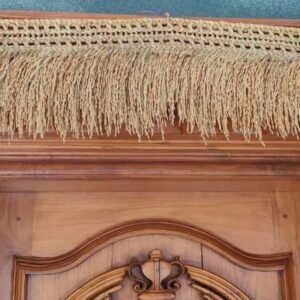
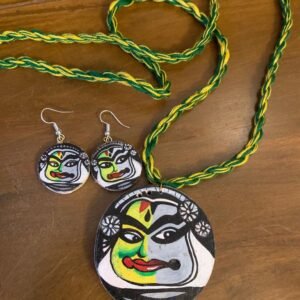
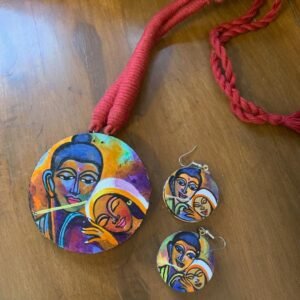
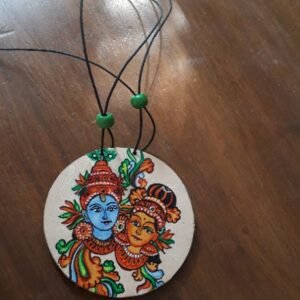
Waooo. Loved this one. Great work Kanthi 👌
Thank you..